A Budget Proposal is a professional document that details the company’s projects or campaign’s financial budget plan.
It is essential since the finance department will use it to determine how much money the company requires to stay in operation. The Budget proposal template is a fillable document that includes spaces such as project details, expenses, justifications for the expenses, and a digital signature. Moreover, employee, equipment, materials, supplies, travel, events, workshops, conferences, utilities, and rent expenses are all included in this form.
It is identical to a project budget, but it serves a different purpose. A project budget is intended to guide users step by step through the project phases, and it is expected to be modified and adapted (within reason) to what occurs during the project. On the other hand, a proposed budget aims to convince the assessor who reads the document that you understand the project well and deserve finance.
Free Budget Proposal Templates
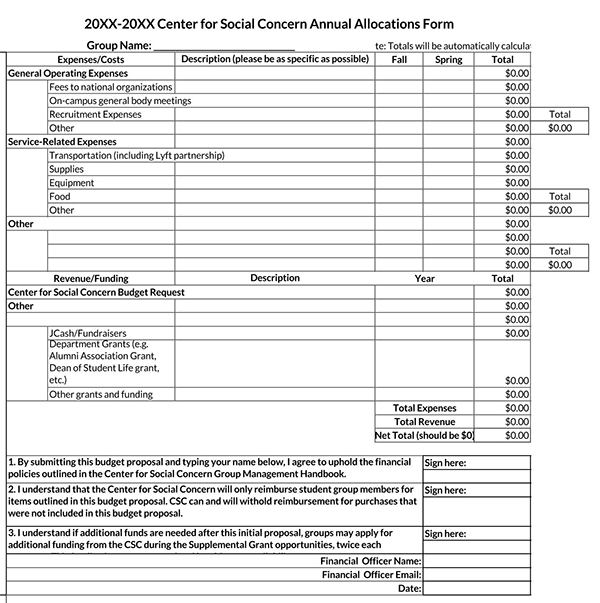
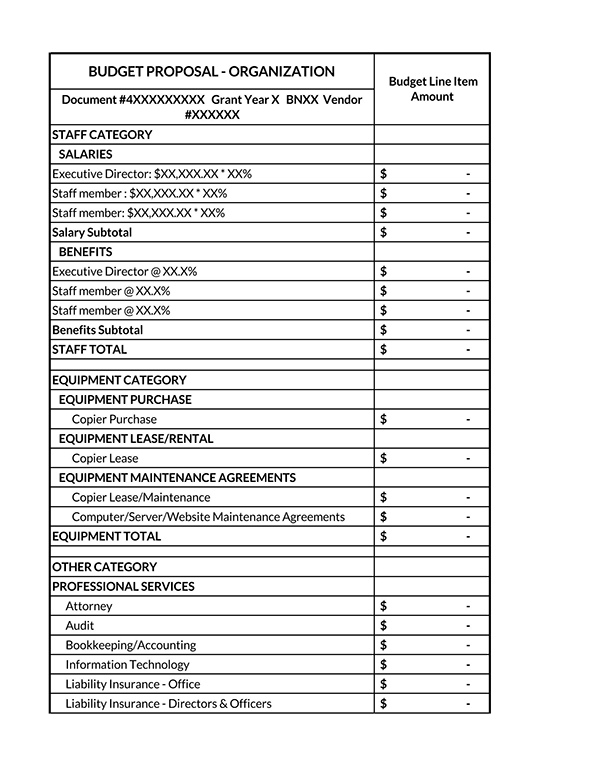
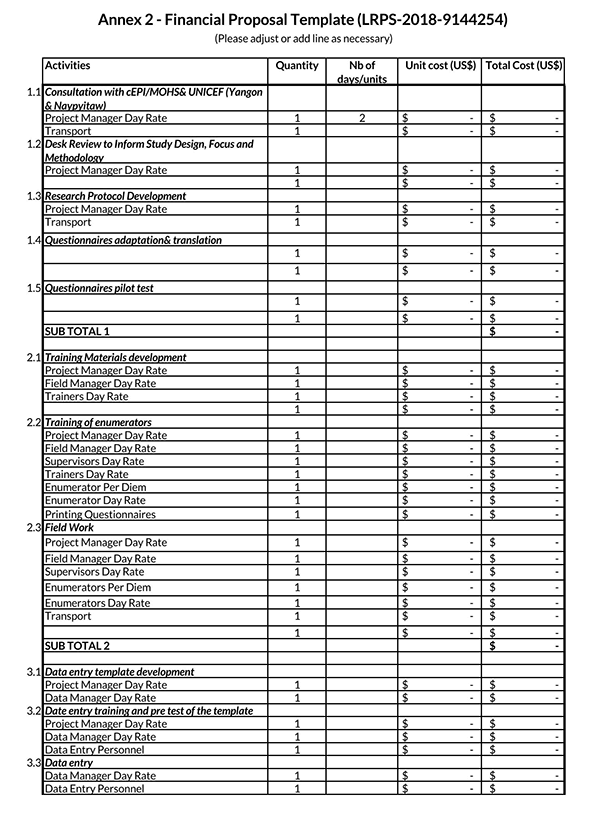
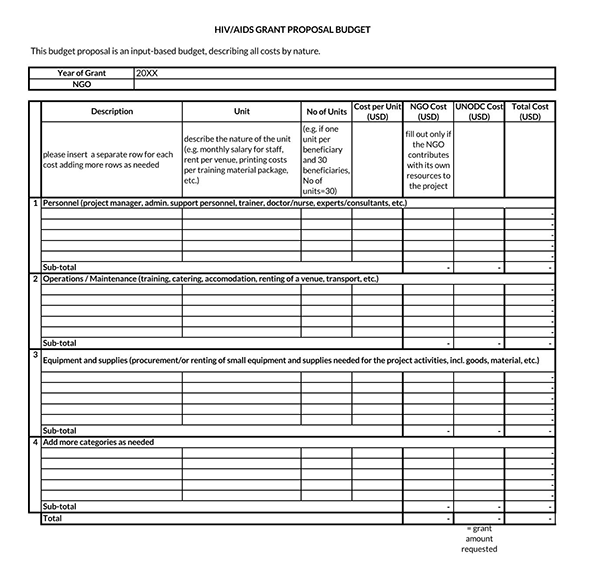
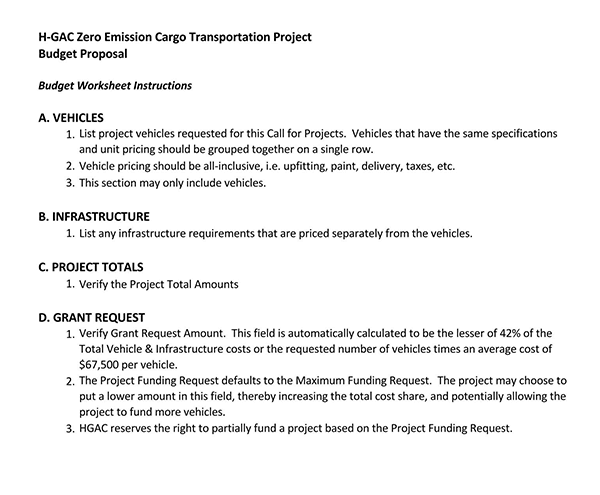
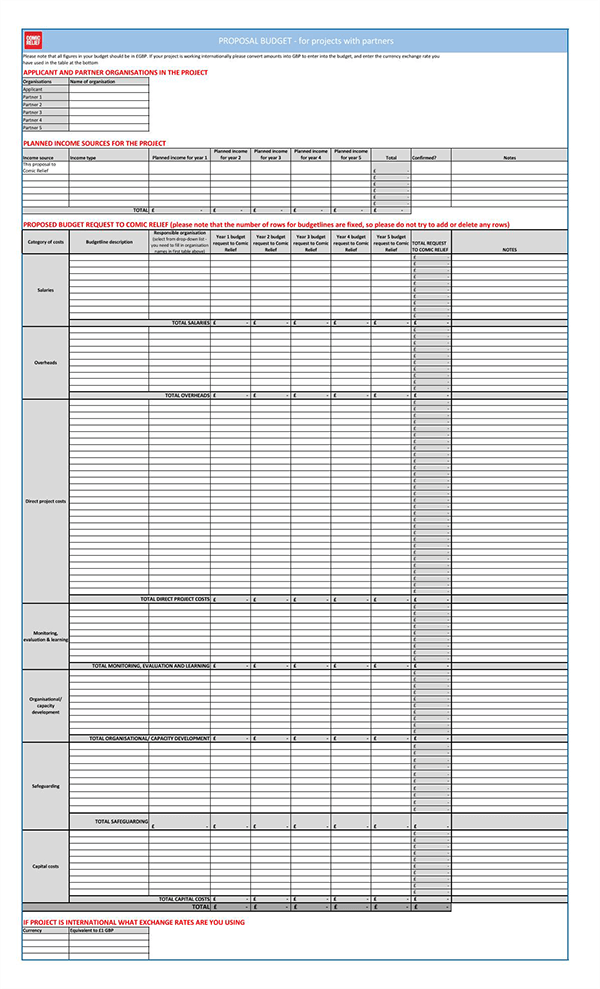
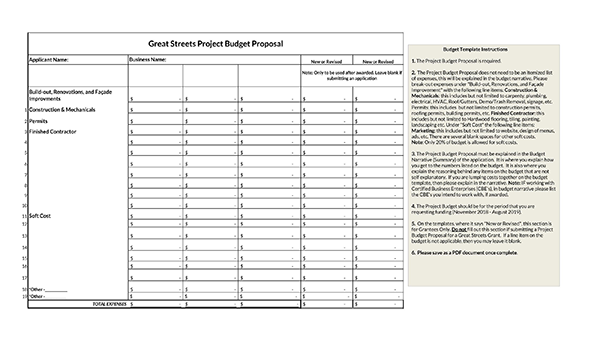
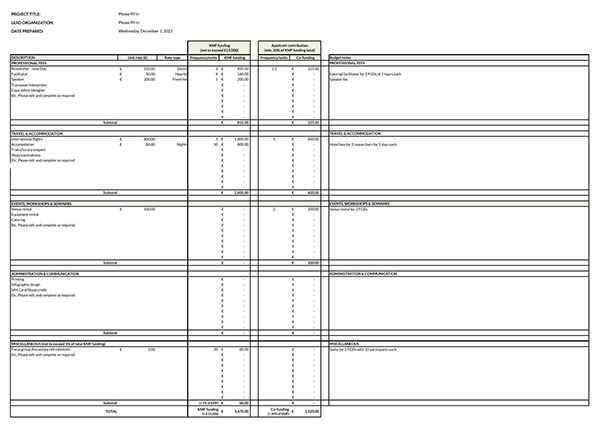
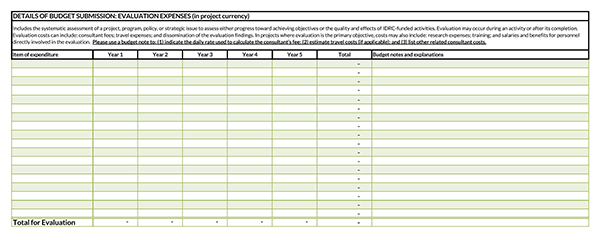
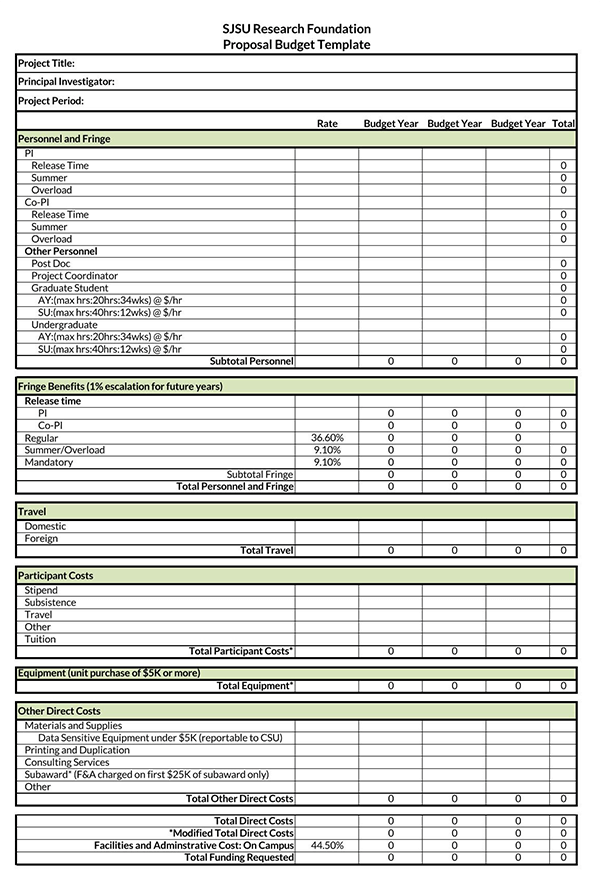
How To Fill a Budget Proposal Template
A budget proposal template is a fillable plan that proposes the amount of money to be spent on a project. Many projects will require the provision of a brief budget. The estimated expenses and income must be included in it. In addition, include a breakdown of the costs associated with the benefit being created, both directly and indirectly.
EXAMPLE
Production, marketing, distribution, utilities, support staff, insurance, and legal/accounting fees should be factored into the budget.
Below are the elements that make up a budget plan:
1. Build a Gantt chart
A Gantt chart shows the progress of a project. It is a type of bar chart. The tasks to be completed are listed on the vertical axis, while time intervals are listed on the horizontal axis. The length of each activity is indicated by the width of the horizontal bars in the graph.
The start and end dates of a project’s terminal and summary elements are represented using Gantt charts. They provide the clearest picture of a project’s entire context. Include every task and job on a Gantt chart and show him or her what will happen when.
2. Write the purpose or goal
In the opening section of the template, describe its purpose clearly. The mission statement is a one- or two-sentence description of your budget’s objective or aim, including the what, when, where, why, and how. Next, extend the benefits received from the project that the proposal represents or the continuation of your department’s operations. Finally, describe how the advantages outweigh the costs.
3. Period of performance
The performance period is the amount of time a person has to spend the funds they have been allocated and meet the matching or cost-sharing requirements.
EXAMPLE
A manager may request a 12-month budget based on the corporate financial year if it is an internal budget for a company or other expenses.
4. Direct costs breakout
This section covers the costs of developing, marketing and distributing the product or service. These are referred to as direct costs since they are associated with the profit that is being generated. They are classified as manufacturing costs and the cost of goods sold in a company budget for product development.
Suppose the template is for an occasion. In that case, the research leading up to the development of the benefit is also a direct expense, as are the salaries of the personnel engaged in organizing, production, marketing, and distribution. A direct cost includes materials, travel, communications, research, and everything else that would not be available if the project was not in place.
Below are some of the expenses that affect the cost directly:
4.1 Facilities and administration costs
Most sponsorships do not cover facilities and administrative expenditures. Therefore, list these costs separately in the budget plan if you’re using them to seek sponsorships for a project. Utilities, support staff, insurance, and legal and accounting fees are examples of costs that are not directly associated with project benefits. Administrative costs are also considered independent of a department’s revenue-generating activities for corporate objectives.
4.2 Direct labor
Production or operations labor dedicated to a single product, cost center, or work order is known as direct labor. Direct labor is the labor of the manufacturing staff that produces items, such as machine operators, production line operators, painters, and so on when a business manufactures products.
EXAMPLE
| Title or Labor Category | Name of Contractor or Employee | Contractor or Employee? | Burdened Hourly Rate | Number of Hours | Amount Requested |
| Filming | Brian Brent | Contractor | $50 | 5 | $250 |
| Subtotal | $1,500 | ||||
| Total | $1,500 |
4.3 Equipment and materials
It is important to describe and clarify equipment requirements. To distinguish between equipment and supply categories, most sponsors use the university’s definition of “new machinery.” It’s important that every piece of equipment included in the proposal is clearly described and priced (including shipment and installation). If possible, use particular manufacturers and model numbers.
EXAMPLE
| Item Description | Quantity | Unit Price | Extended Price |
| Camera stand | 2 | $1500 | $3,000 |
| Camera lens | 2 | $1000 | $2,000 |
| Subtotal | $5,000 | ||
| Total | $5,000 |
4.4 Travel and miscellaneous expenses
Examples of transportation services:
EXAMPLE
Taxi, coach, limousine, town car, Uber, and Lyft charges (including a customary tip), motor vehicle rentals, parking fees, and ferry and bridge tolls.
Multiply the number of passengers by the cost of a return ticket to their destination for travel costs. It is a good idea to slightly exaggerate the costs. Add a daily allowance for each traveler once the travel cost is calculated.
EXAMPLE
| Expense Type | Description | Unit Price | Extended Price |
| Tickets | Four plane tickets to London | $400 | $1000 |
| Hotel booking | Reservation of 2 rooms for 3 nights | $300 | $3,000 |
| Subtotal | $4,000 | ||
| Total | $4,000 |
4.5 Cost summary
The monetary worth of expenses for supplies, services, labor, products, equipment, and other products purchased for use by a company are referred to as costs in accounting. It is the amount shown as the invoice price and documented as an expense or asset cost basis in accounting records.
EXAMPLE
| Cost element | Total estimated cost |
| Direct labor | $1500 |
| Equipment and materials | $5000 |
| Travel and misc expenses | $4000 |
| Subtotal | $10500 |
| Total | $10500 |
5. Anticipated revenue
Complete the budget plan with a section that explains the predicted advantages, such as sales or donated revenue, the building of assets such as a garden, or the completion of research that will bring future assets or profits. Then, calculate the benefit’s financial worth. Remember that the benefit must appear larger than the cost; if you suddenly become conservative in describing the profit, the budget may be rejected.
6. Bring it all together
The most significant element of a successful budget is that everything is presented in a clear and simple manner. The ‘bring it all together’ stage is where you put all these elements together and form a proposal. It is a simple task since all the components have been laid out.
Considerations While Preparing a Proposal Budget
The proposal budget outlines the financial components of the project and specifies how much money should be spent in which areas.
Below are important points to consider when preparing one:
Project costs
The entire finances necessary to deliver the project are referred to as the project cost. Any payments made or projected to be made or monetary responsibilities incurred or estimated to be incurred to finish the project are project costs. All costs must be beneficial to the project.
Direct costs
Any expense that is ordinarily handled as infrastructure and administrative cost should not be proposed as a direct cost unless the project-specific demands justifying the expense are well documented in the budget justification.
Cost estimation
Cost estimation aims to forecast the quantity, cost, and price of resources needed to finish a job within the overall project. Cost estimates are used to bet on potential clients’ new ventures and help you plan your project and budget. Use commonly adopted cost estimation methods, such as retail prices, pricing quotations, or properly scaled historical or current expenses.
Escalation factors
Over time, changes in the cost or price of specific commodities or services in a given economy are known as cost escalation factors. Use inflationary or escalation factors as recommended.
EXAMPLE
Non-personnel cost categories are now escalating at a rate of 3%.
Cost assignment and allocation
It is important to predict how the project will increase the costs during each phase or year while creating a budget. According to the sponsor’s guidelines, the budget should list expenditures by the major cost category for each project year.
Unless a sponsor’s budget form or policy needs more comprehensive categorization, employ key expense categories including salary, benefits packages, supplies, machinery, travel, other direct costs, and facilities when allocating costs to budget categories.
Documentation
For negotiating and audit purposes, the main researcher or department should keep supporting documentation linked to project cost estimates on a proposal-by-proposal basis. The techniques, methodologies, and data used to predict project costs should be clearly described or shown in this documentation.
Examples of documentation for higher education facilities may include:
EXAMPLE
- Present university salary and wage scales
- For staff expenditures, projected range adjustments, and merit raises, as well as the periods to which they apply.
- The benefit rate obtained from a third-party source (composite rate or actual rate)
- Quotes from vendors
- Prices from a catalog
- Historical records detailing the expenditures of supplies and materials for similar projects.
Budget Proposal Samples
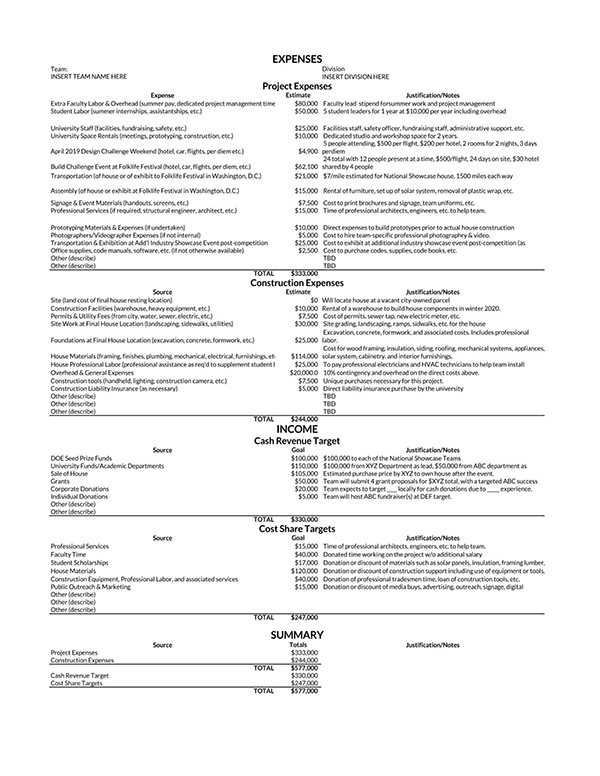
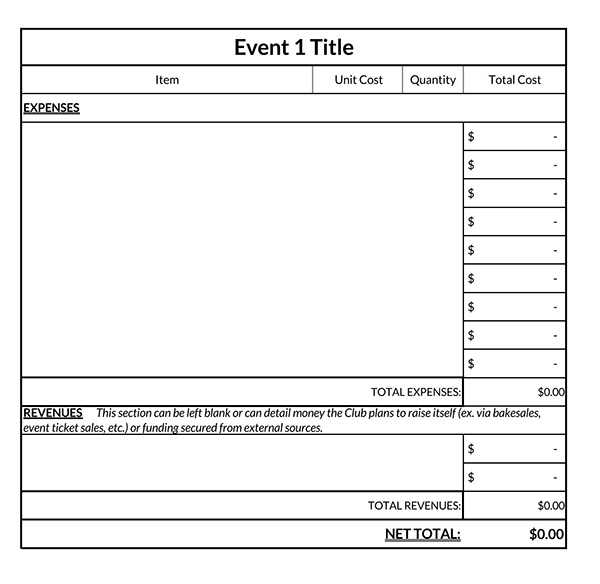
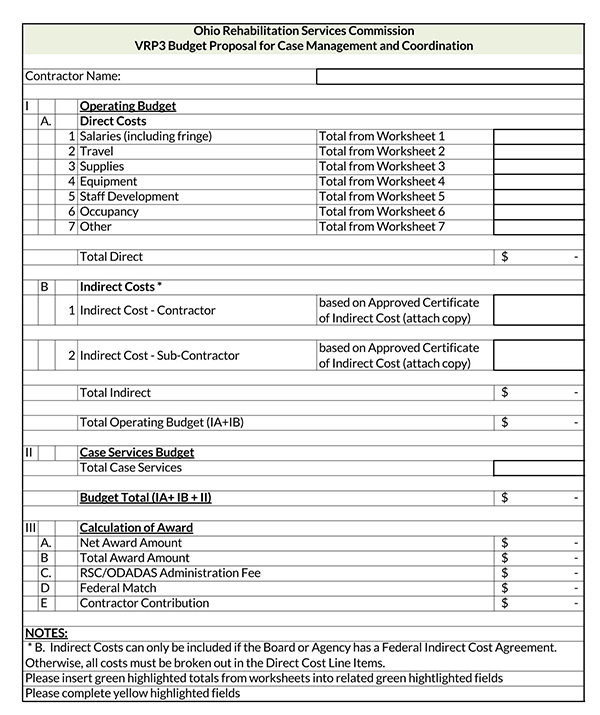
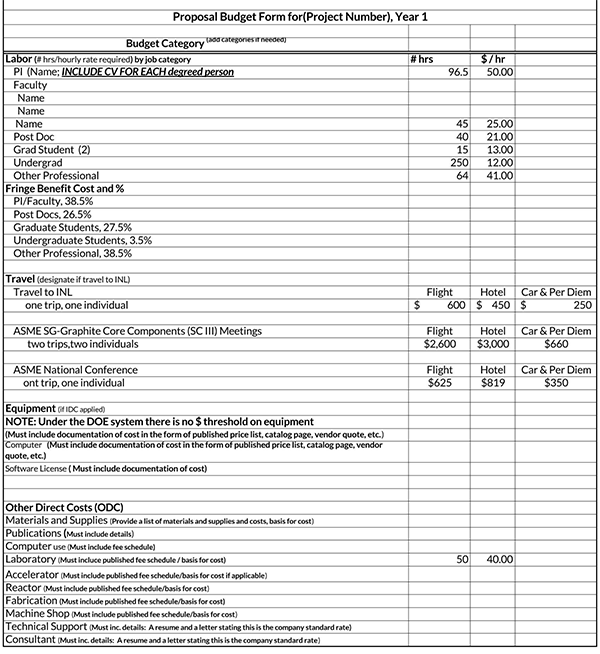
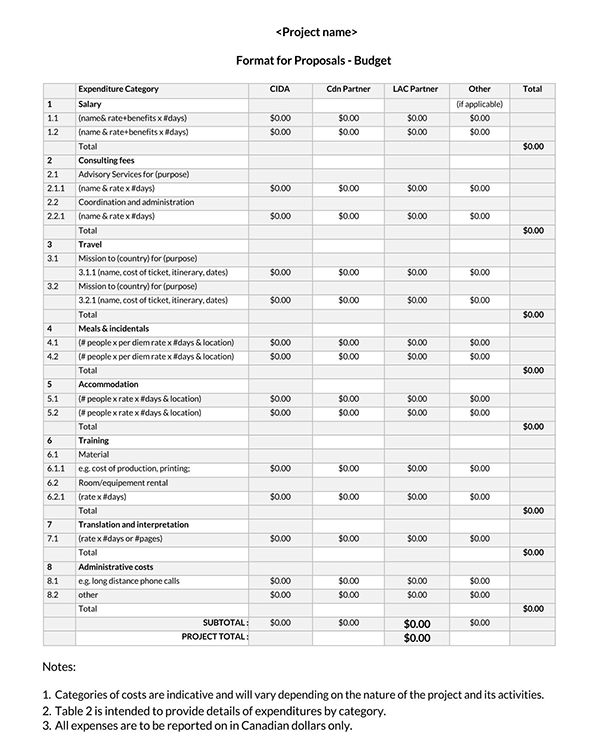
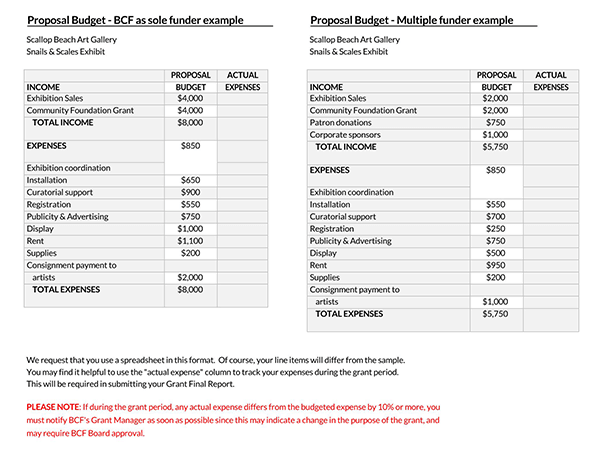
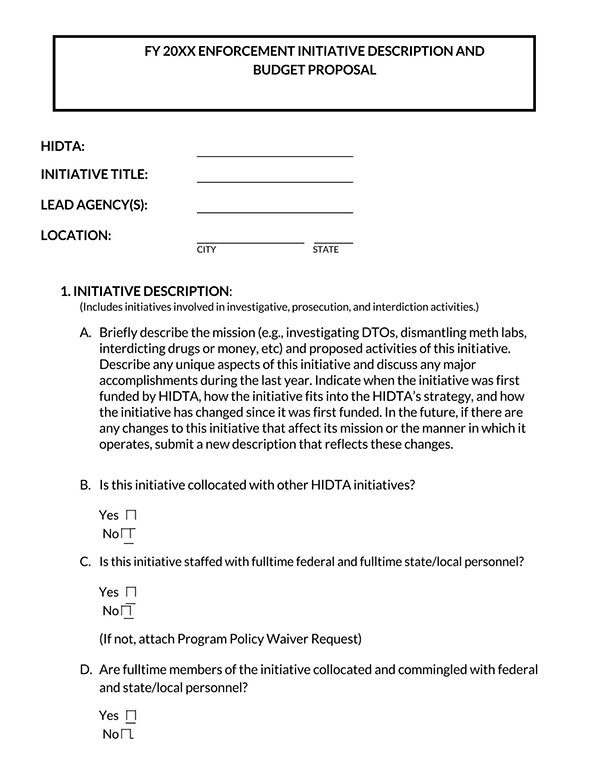
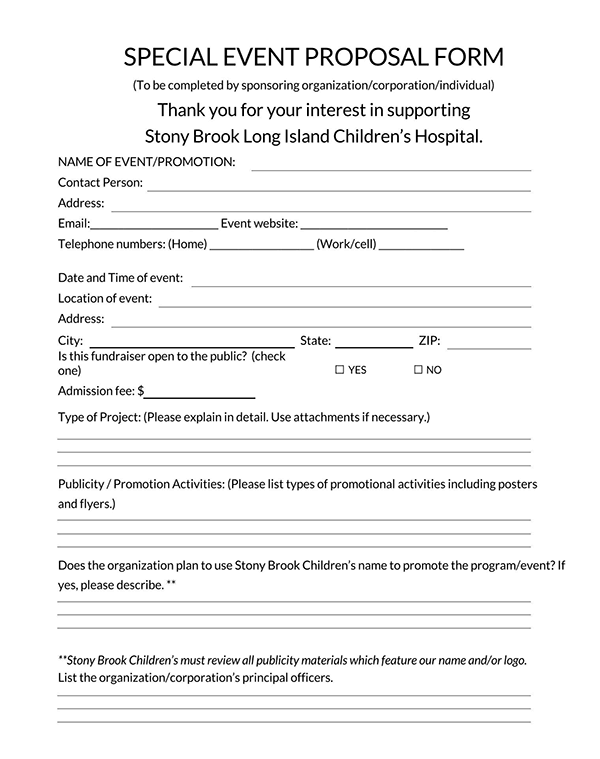
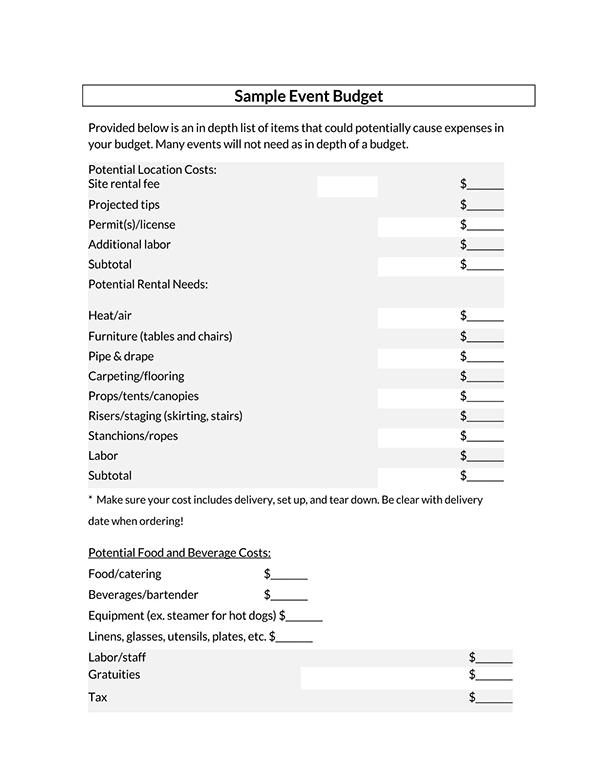
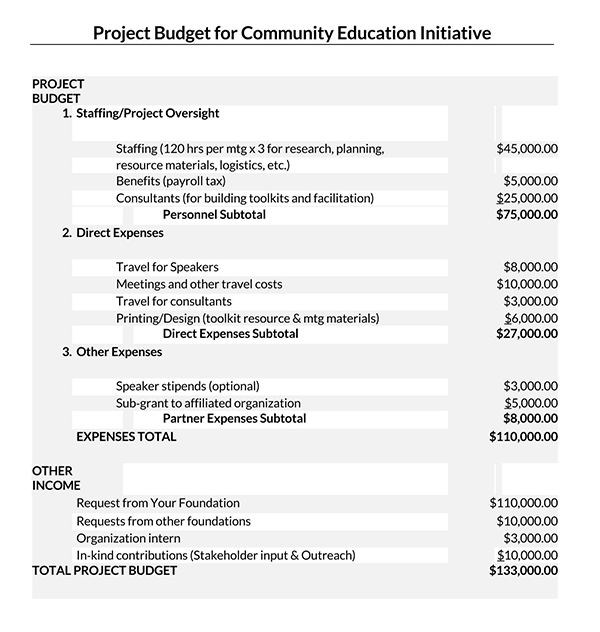
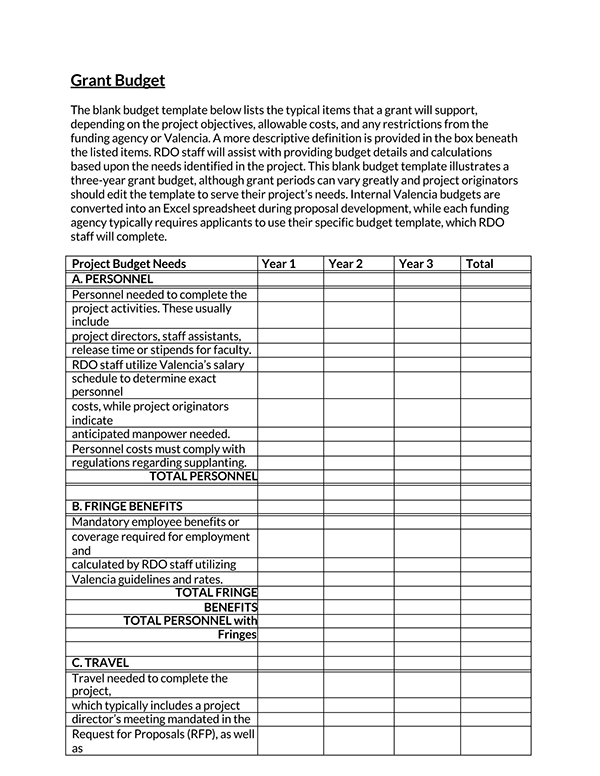
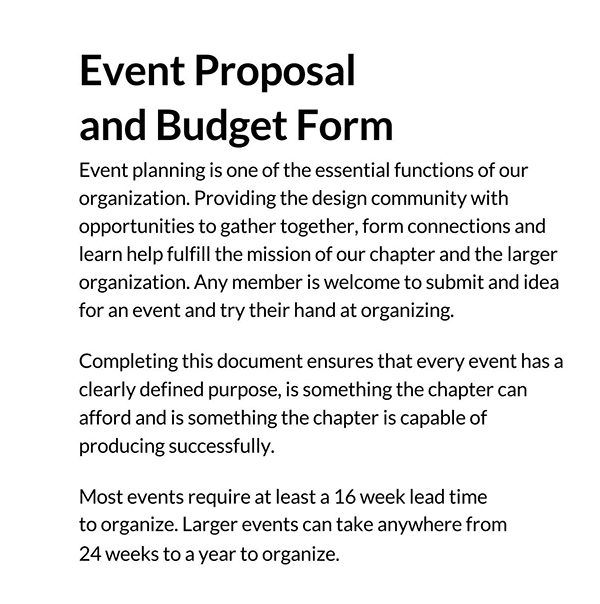
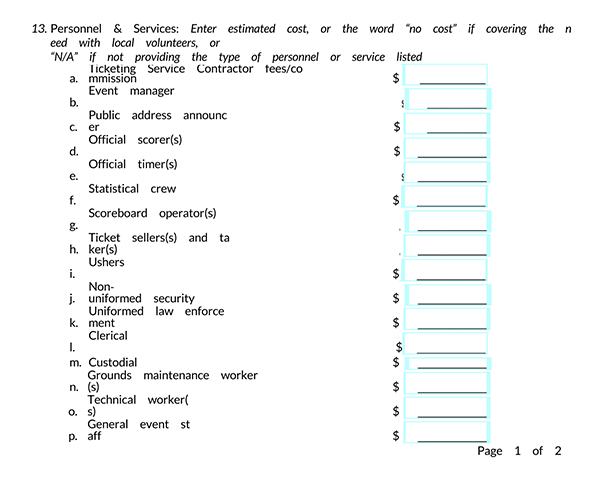
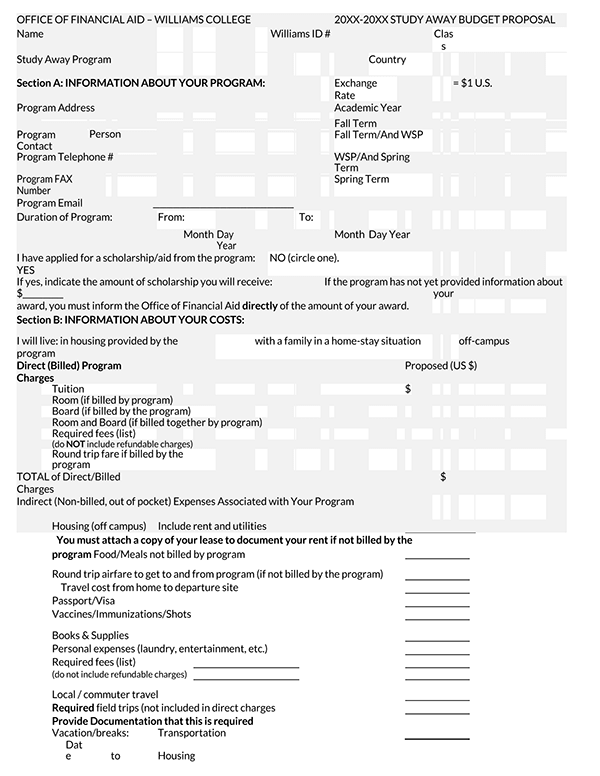
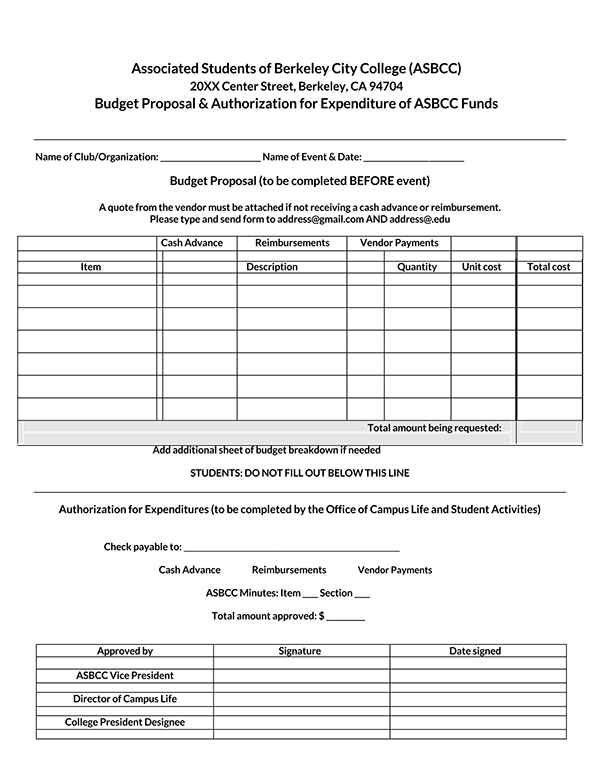
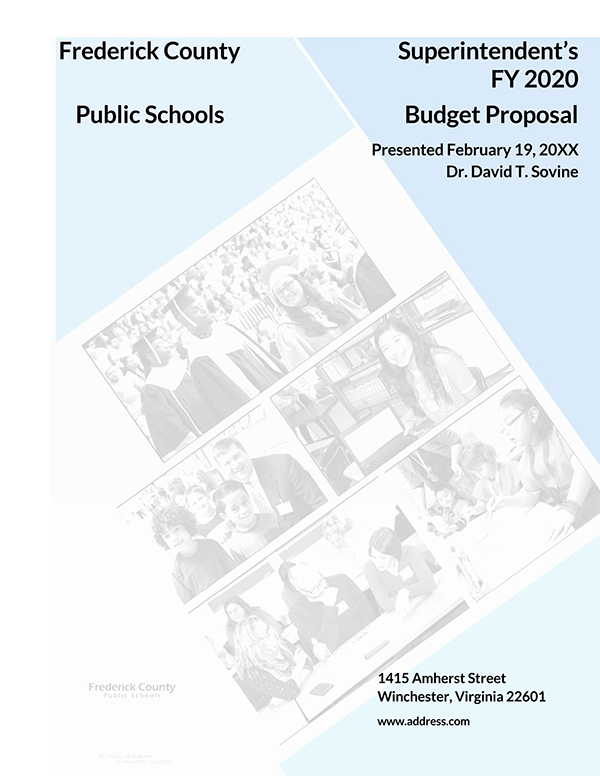
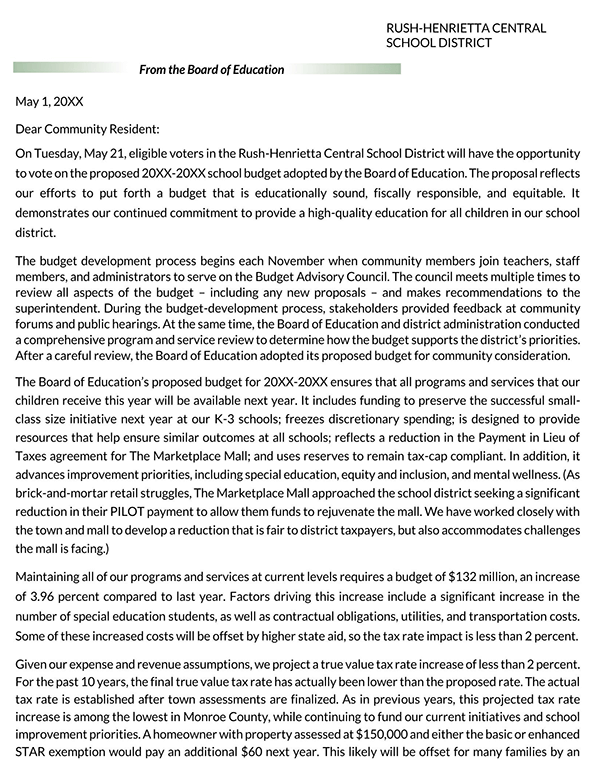
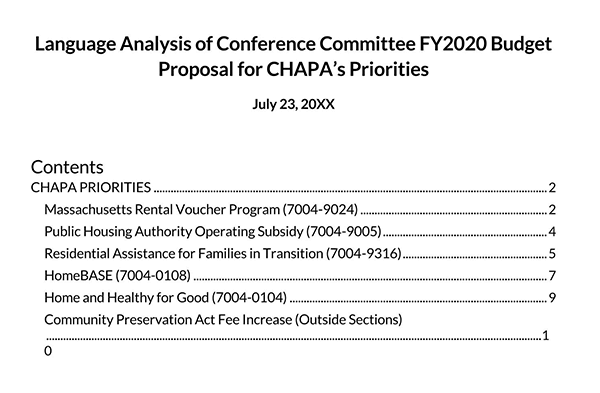
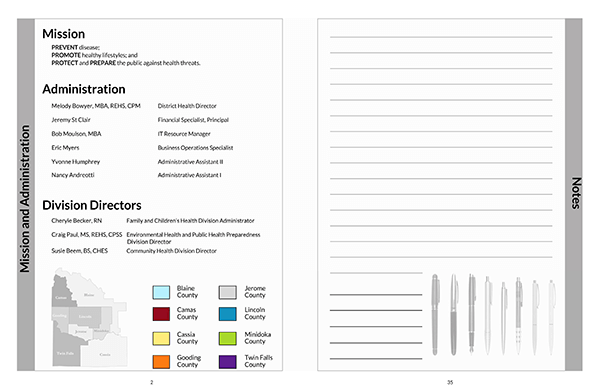
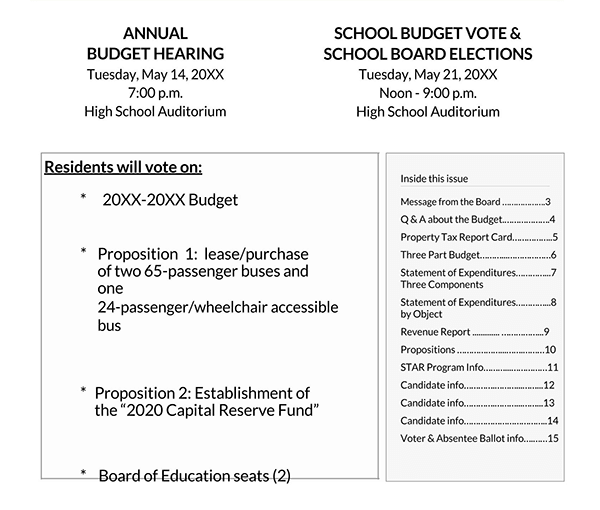
Tips For Preparing a Proposal Budget
Many donors believe that the budget is the best way to get a sense of a project, and it is usually the first section of the proposal that they read.
Below are a few tips to help with the process of writing a successful template:
- Clarity: Try to be as specific about the proposal’s nature.
EXAMPLE
Provide a precise analysis of the time required, the hourly rate or payment, and the specific tasks to be completed.
The budget proposal should not be lengthy but rather concise and to the point.
- Feasibility: A feasibility study’s purpose is to determine whether a company, group, or organization will be able to deliver on its promises comprehensively and within a reasonable time frame. Feasibility is also used to show that a person has sufficient knowledge of the project.
- Sincerity and authenticity: Introduce yourself to the reader and state why this project is important to you. You could also mention what future goals are there. The proposal should be as accurate as possible. Being sincere also means making a list of all direct and indirect costs involved in the project.
- Know the audience: Write a budget plan that is simple and easy to understand. Not every reader will be an accountant. Some readers are well-wishers who would like to sponsor the project. Therefore, avoid using certain vocabulary in the budget plan.
Related: How to Write a Business Proposal [30 Free Templates]
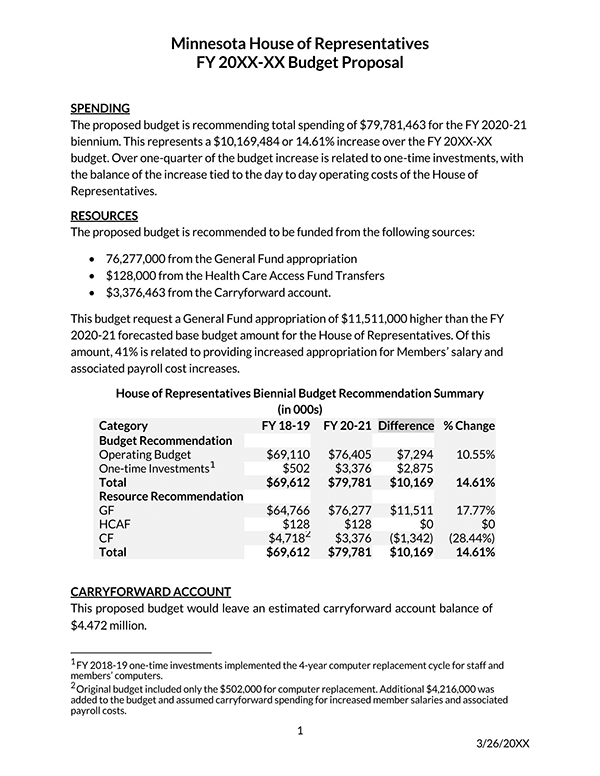
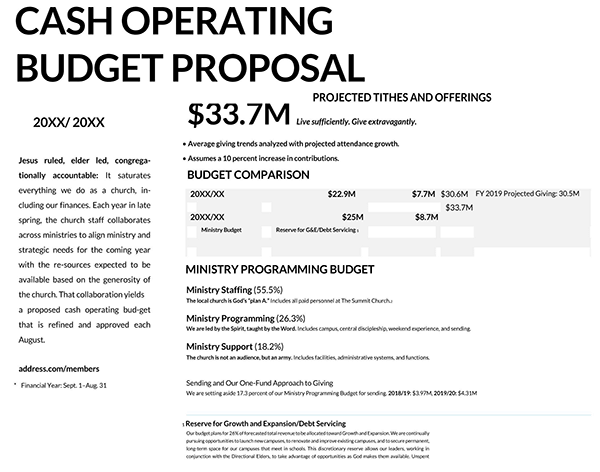
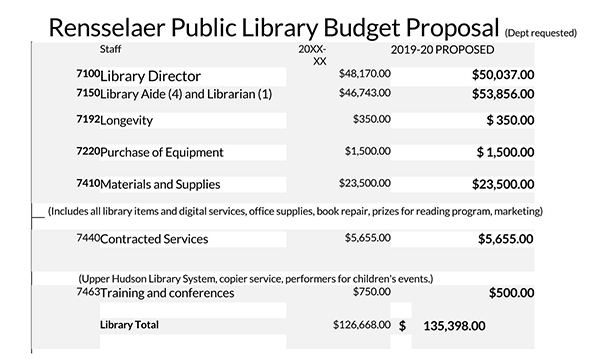
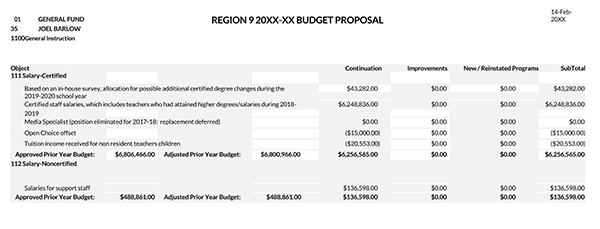
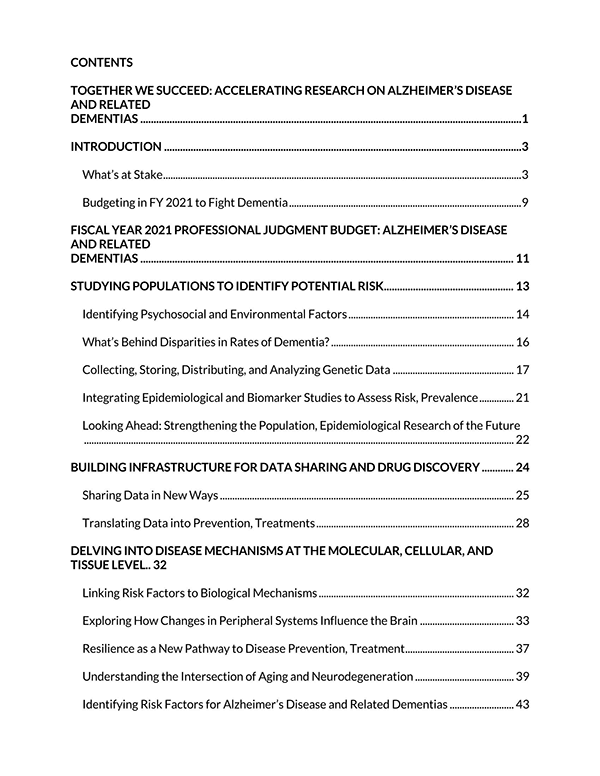


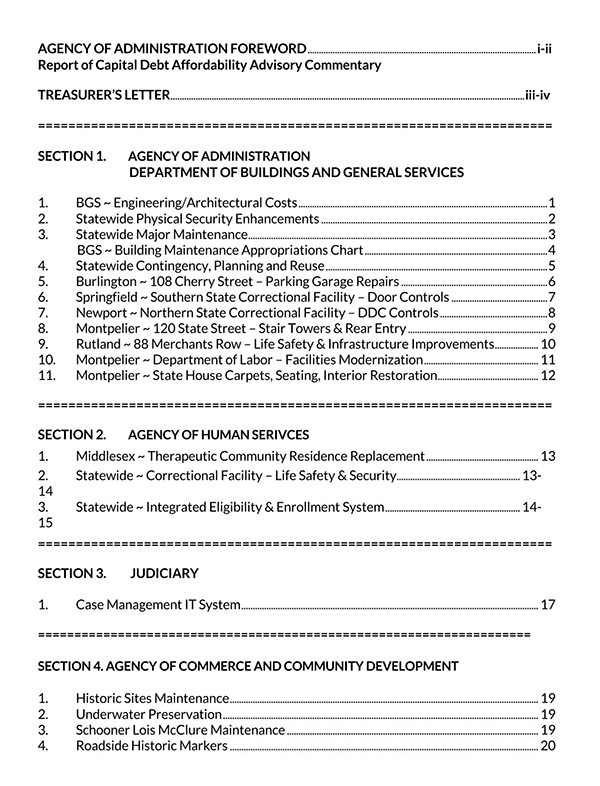
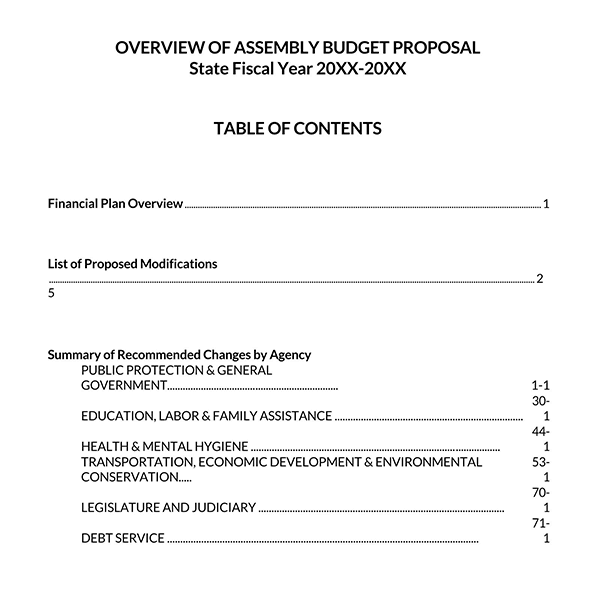
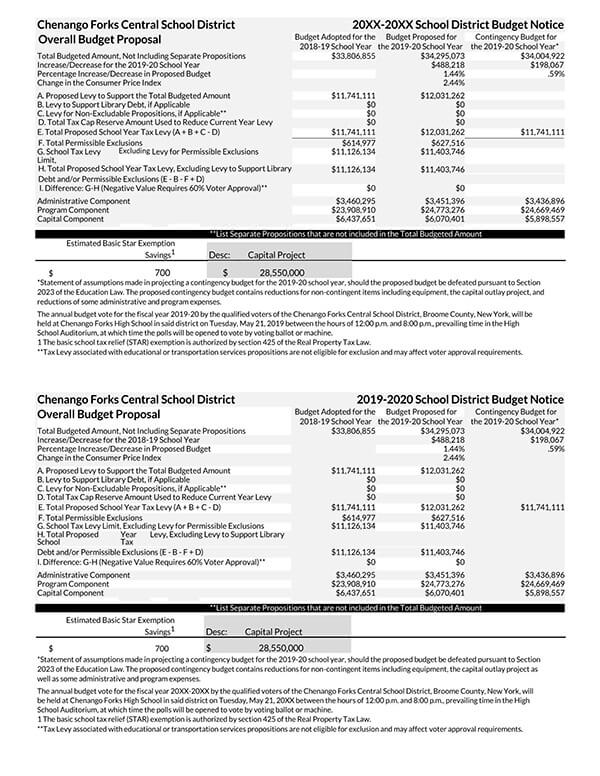
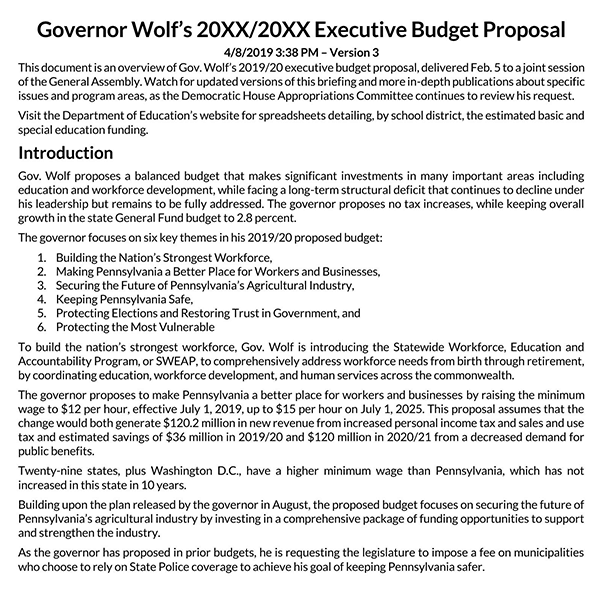
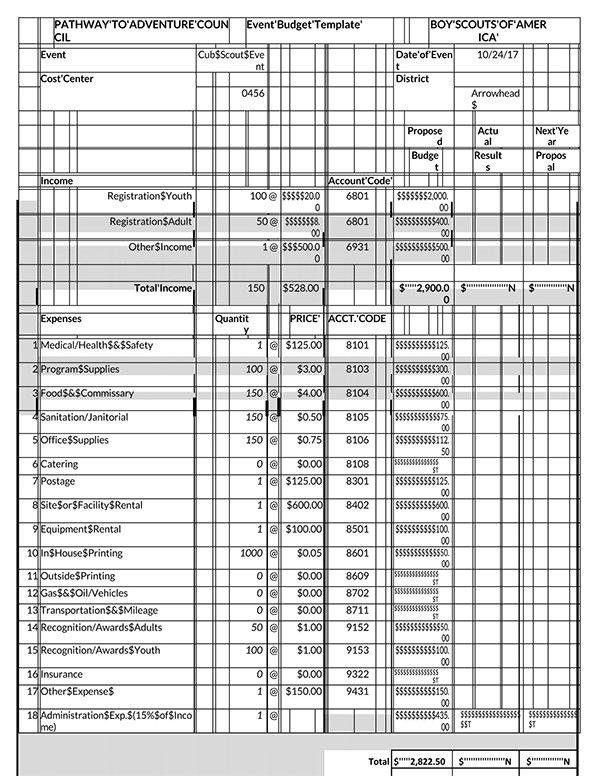
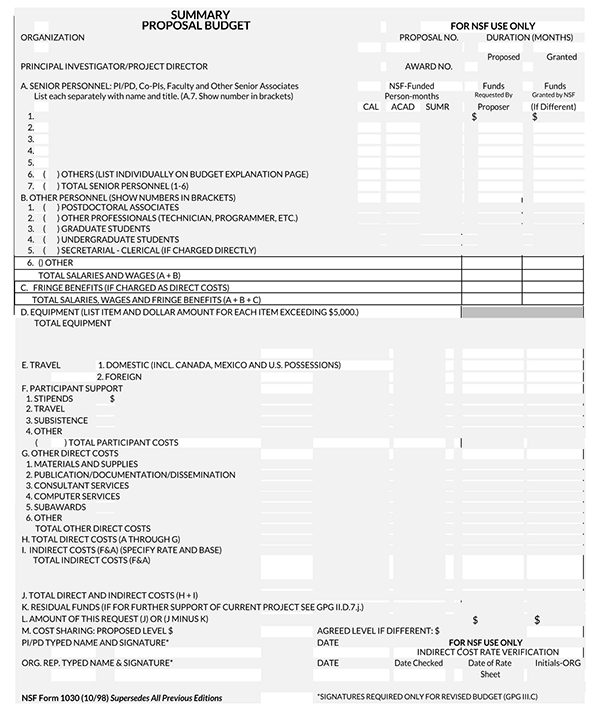
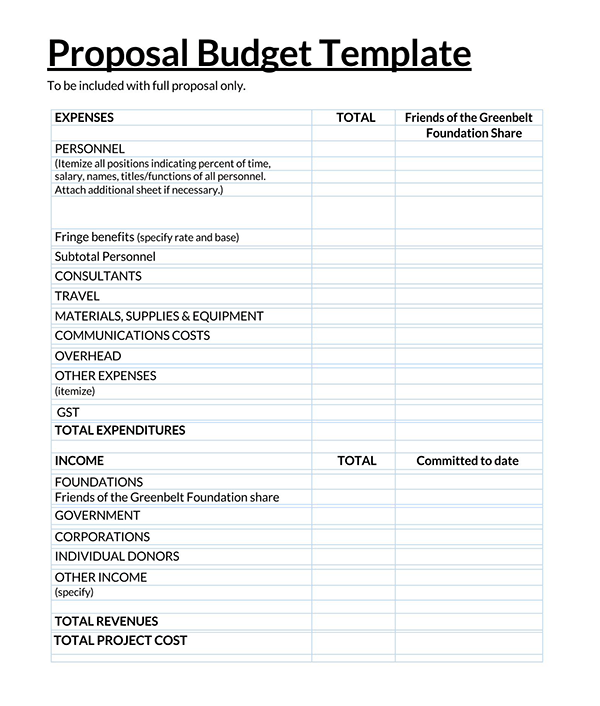
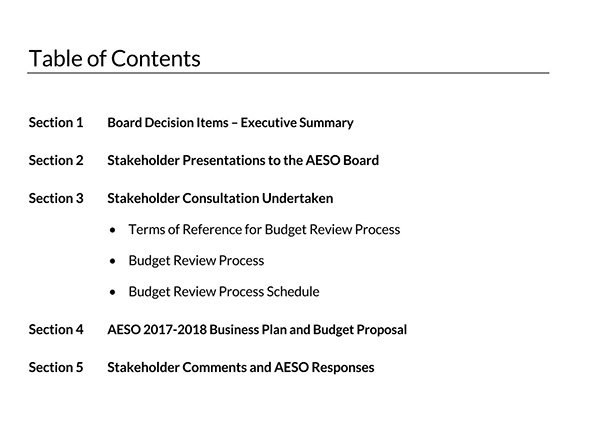
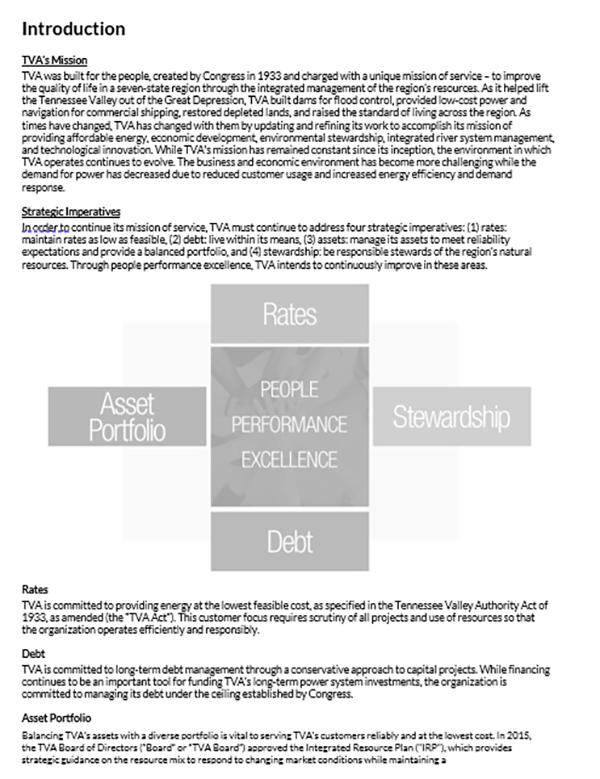
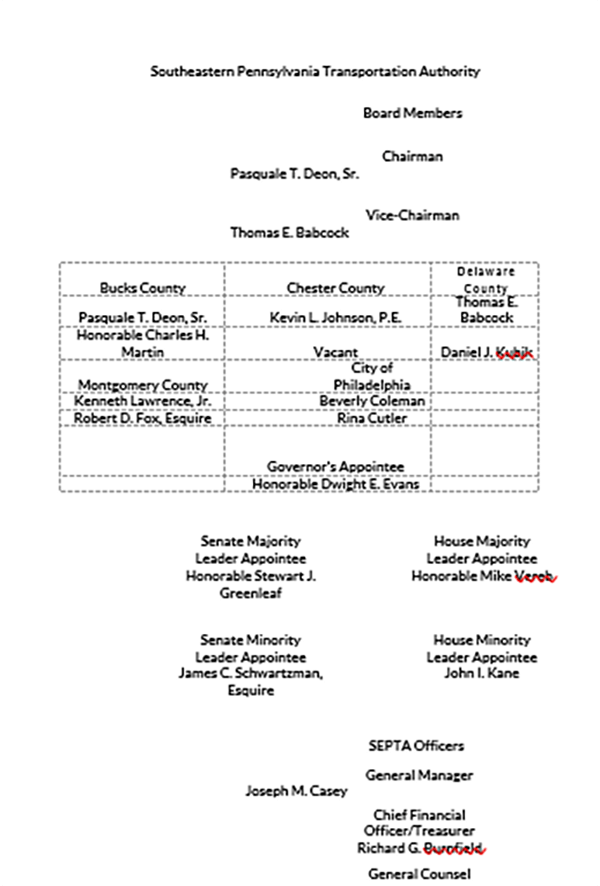
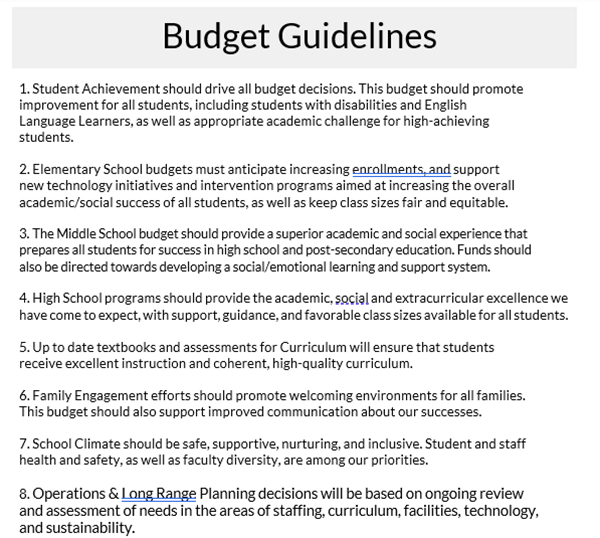
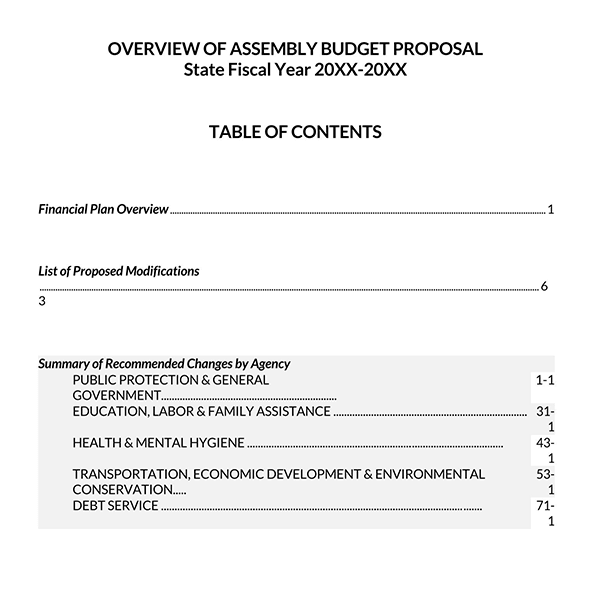
General Thoughts on Proposal Writing
Writing a budget plan can be easy or difficult, depending on what audience it is intended for. However, some guidelines can make a proposal budget engaging and successful, thereby winning sponsors in the end.
Below are some thoughts on how to make an effective one:
- Any details that could generate concerns should be addressed by including a clear explanation of the budget. Notes effectively address any financial problems, making the funder’s assessment process easy, and showing excellent planning.
- “Which people will be putting effort into this project, and what will I need to spend to meet the goals and objectives?” is a general question that should be answered while drafting a budget.
- The layout and language should be clear and simple. After reading the first page, the reader should have no doubts about the project’s main goals, who the beneficiaries are, how much money is being requested, and the result.
- Double-checking the calculations and confirming that all justifications and statements are entirely relevant and add value may make the budget proposal stand out.
- To demonstrate that an organization can execute projects on time and budget, provide facts about employee experience and updates on similar projects that are actively being undertaken or from previous projects.
- Every budget plan should include detailed, achievable goals that can be measured over time using a reliable technique.
- Ensure the proposal contains all the expenses that are sometimes overlooked.
Conclusion
A budget proposal template should be realistic, logical, and compelling while also ensuring an organization’s profitability. It’s a rough estimate of how much a contributor will spend if they choose a specific company. It is important since the accounting department will determine how much money the company requires to stay in operation. It ought to include project details, expenses, justifications for the expenses, and a digital signature.




